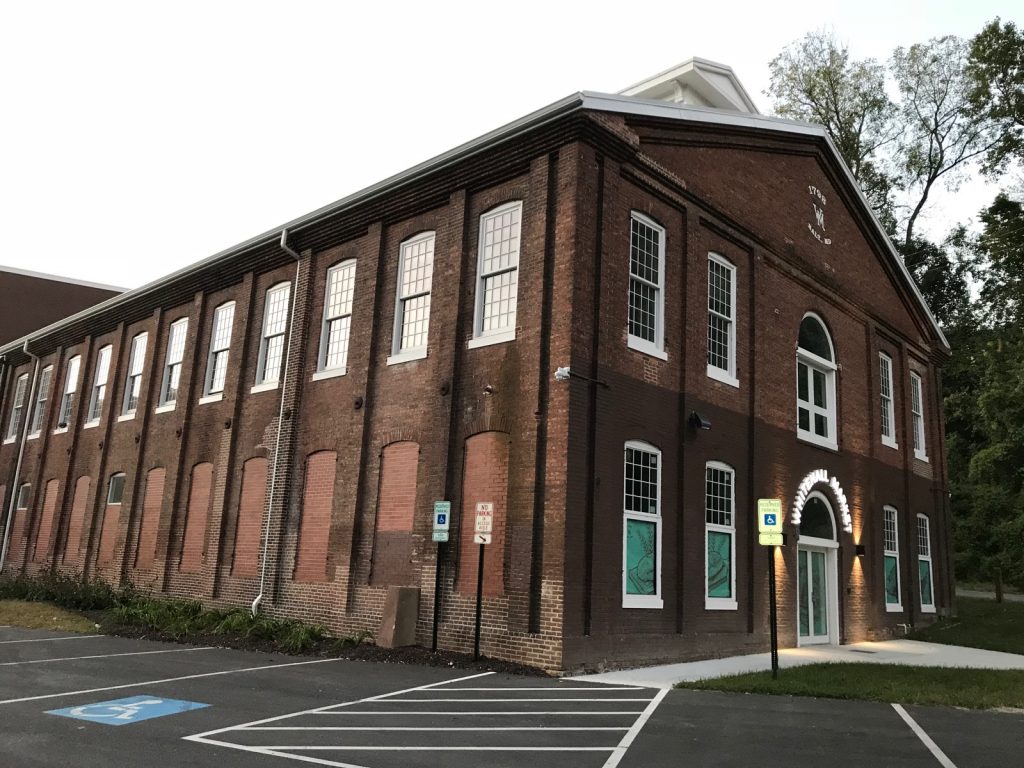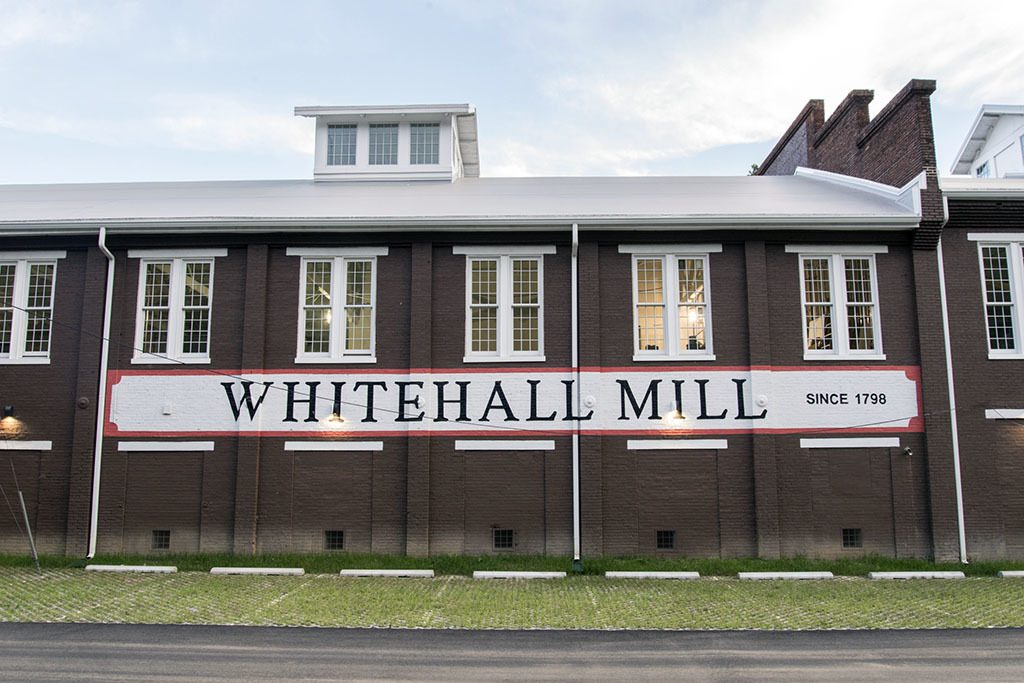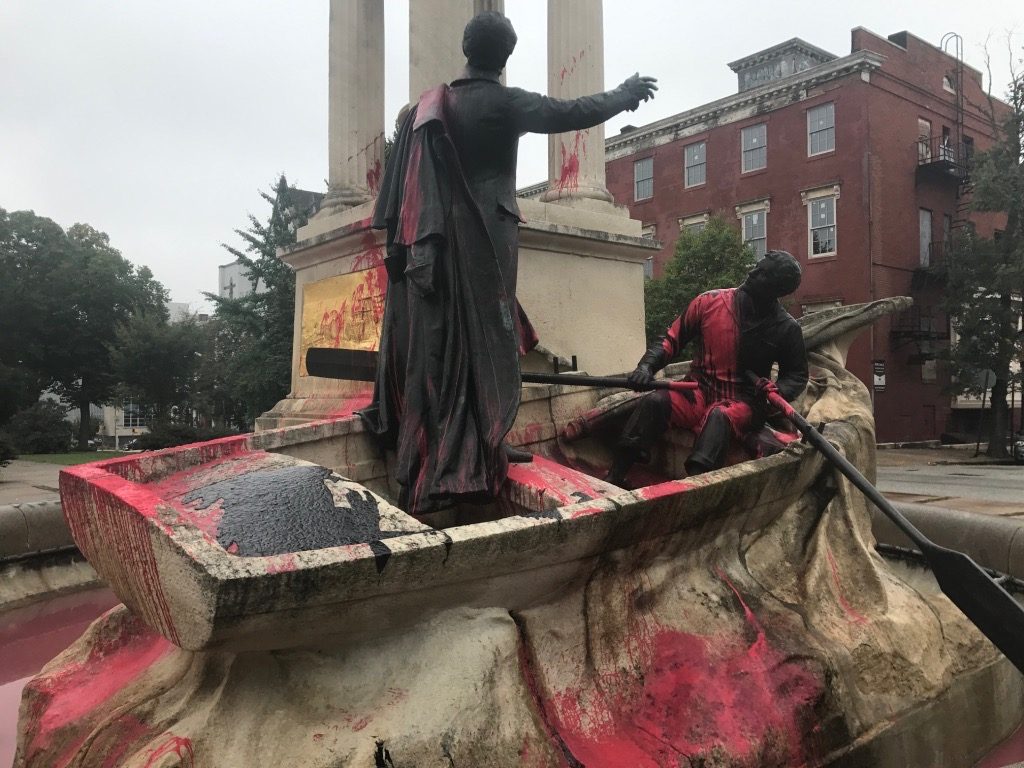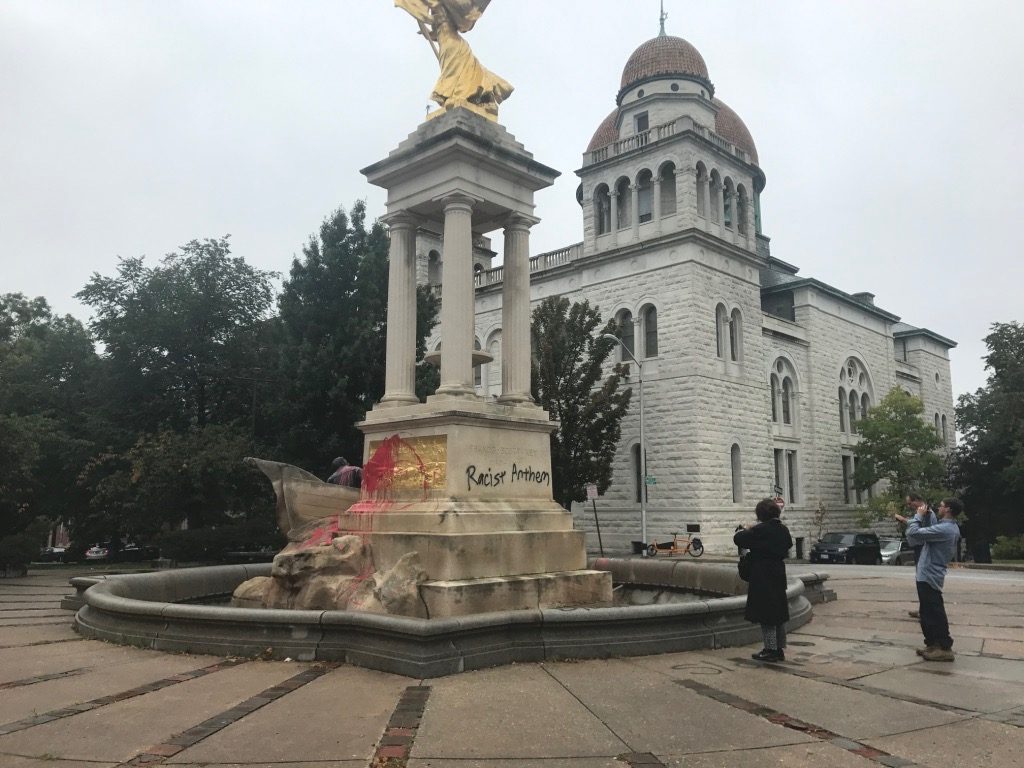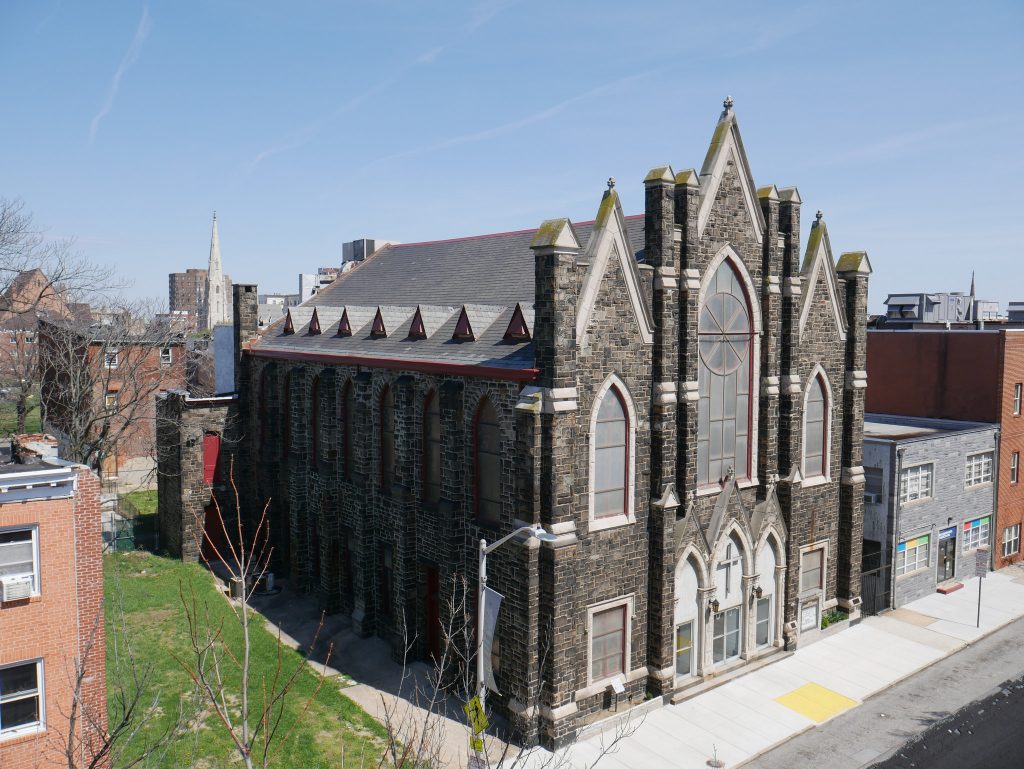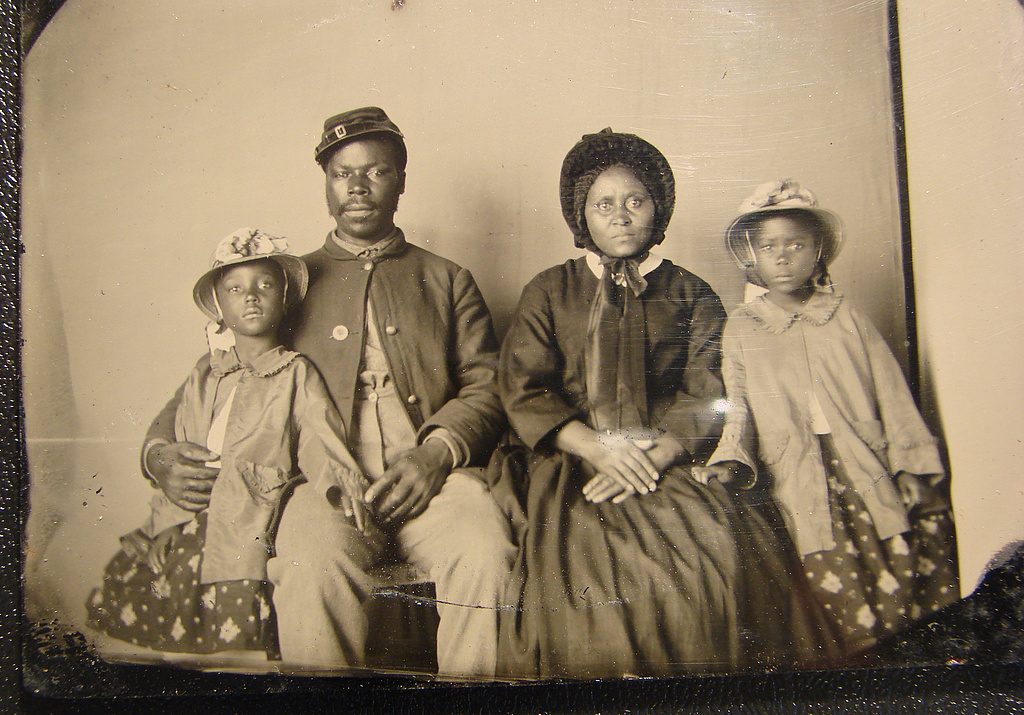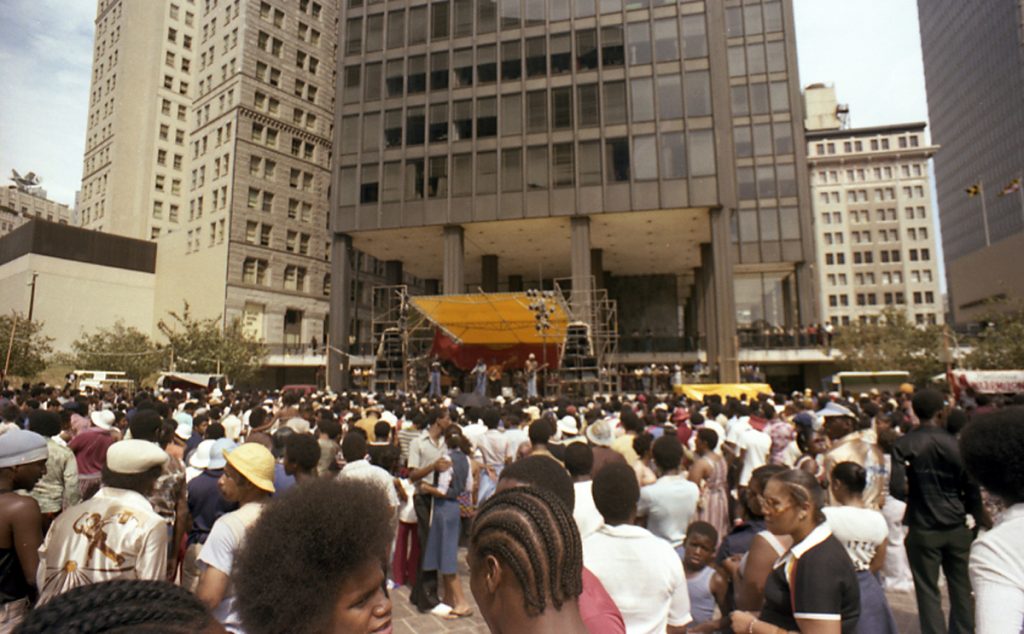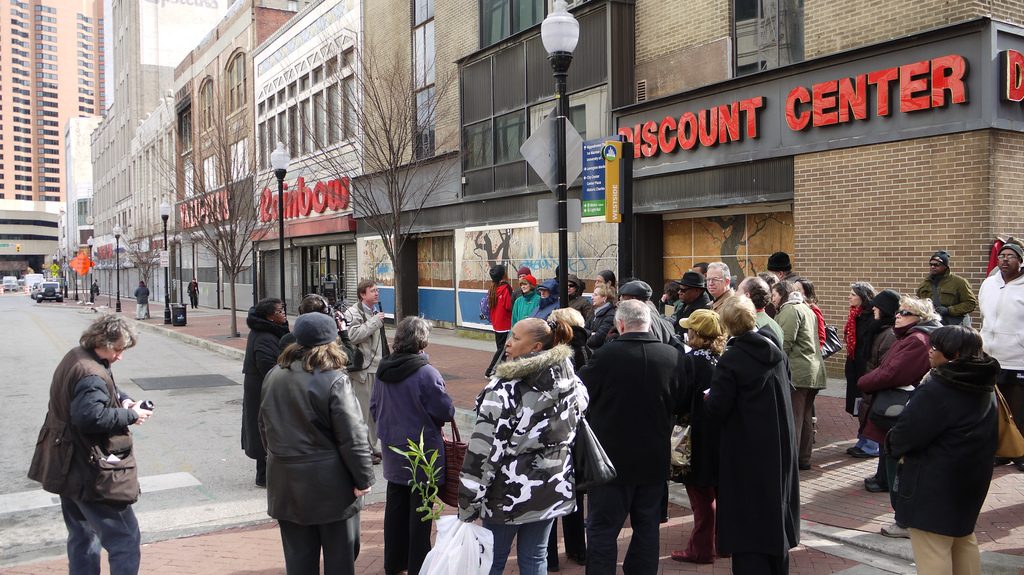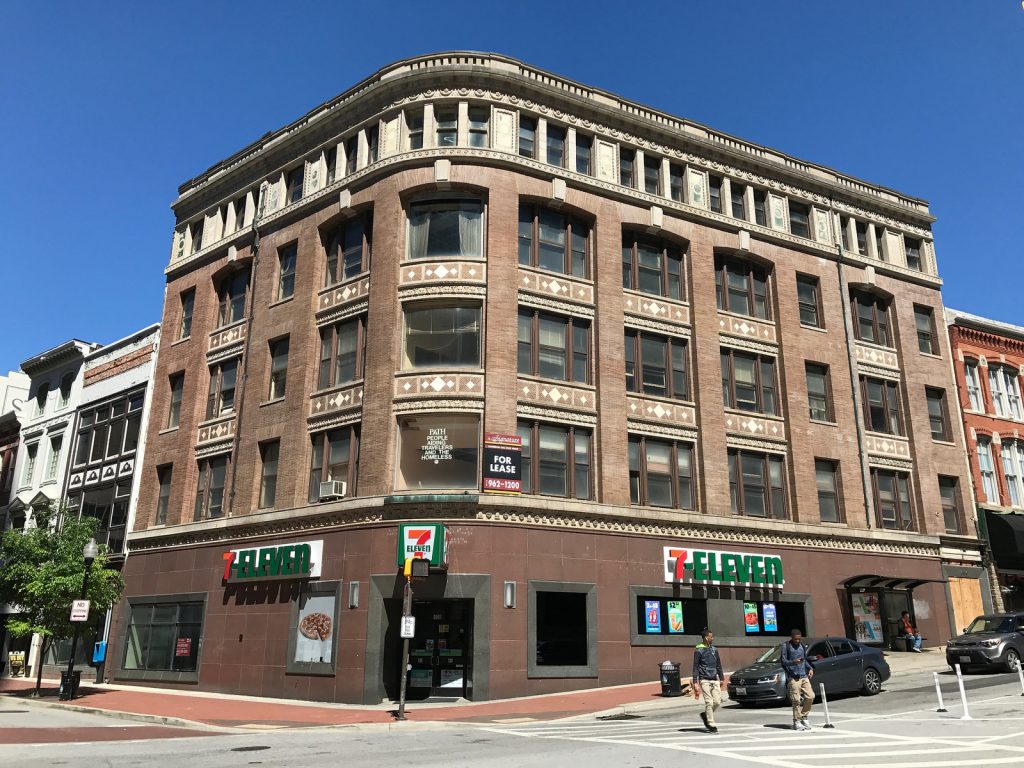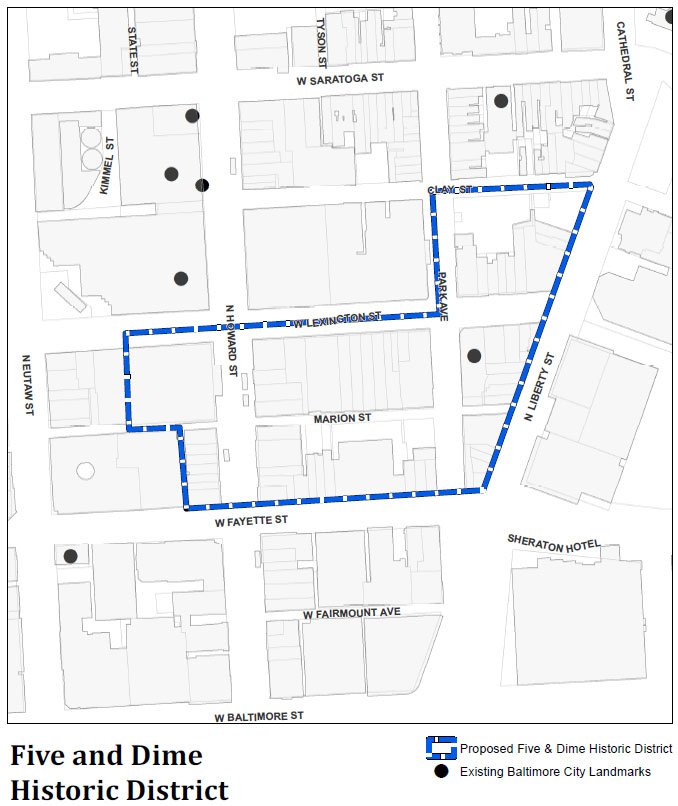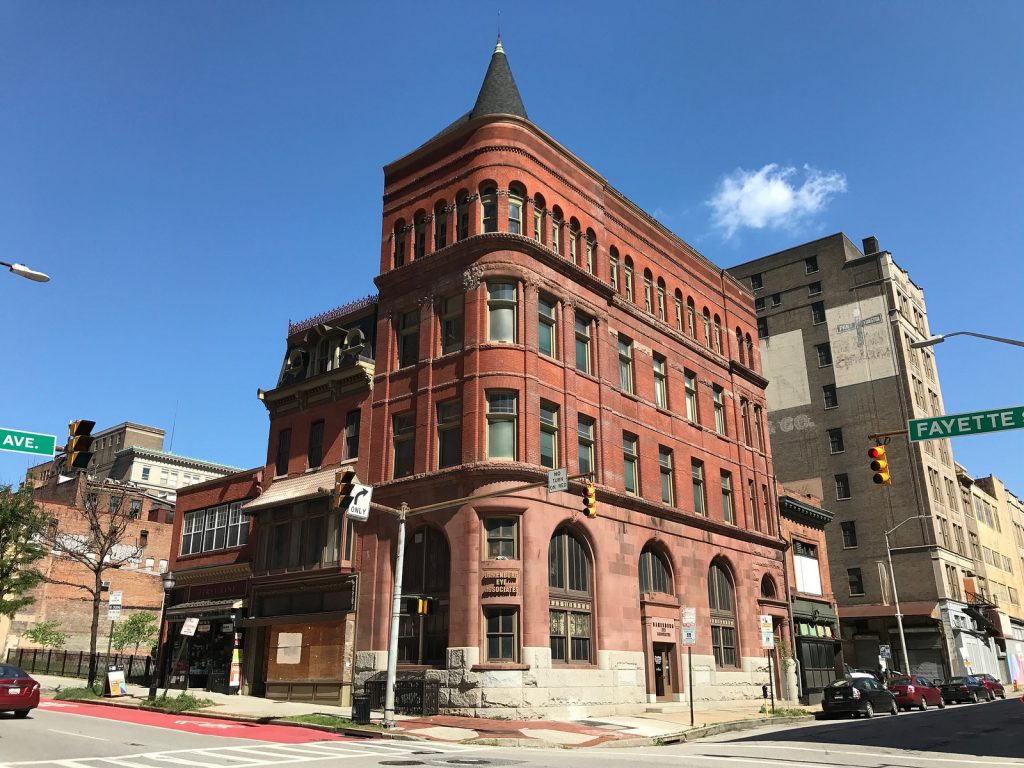Baltimore Heritage’s second annual preservation micro-grant pitch party on last Monday at Whitehall Mill ended in a happy surprise. Southway Builders and FreedomCar made the unexpected decision to offer matching gifts and expand our micro-grant funding pool from $1,500 to $3,500. The result? Instead of just giving out four gifts, all seven groups that pitched an idea received $500 to make it happen.
On behalf of everybody at Baltimore Heritage, congratulations to the seven organizations, and sincere thanks to micro-grant donors Ms. Brigid Goody, Southway Builders, and Freedom Car!
The seven projects span the city from east to west Baltimore, including:
- Beloved Community Services Corporation at Union Baptist Church is working with the Baltimore Museum of Art to launch Soul Café: a project to create a safe space for community art engagement in Upton’s Marble Hill.
- Civic Works is making a new exhibit at Clifton Mansion showcasing an antebellum call-bell system and improving visitor experience on tours for their Legacy Education Project.
- H.L. Mencken House is buying garden supplies for volunteers to beautify the front stoop and improve the home’s back garden.
- Lillie Carroll Jackson Civil Rights Museum is buying books and organizing a new Saturday Civil Rights history book club for teens and young adults.
- Mount Clare Museum House is planning new special weekend tours celebrating Mount Clare’s one hundred years as a house museum
- Poe Baltimore is designing and printing a set of postcards featuring historic images of the Poe House.
- Preservation Society of Fells Point is planning to secure and stabilize the Caulker’s Houses on Wolfe Street, the only surviving eighteenth-century timber frame buildings left standing in Baltimore
Thank you to everyone who submitted proposals for the pitch party and everyone who came out on October 3. We plan to check in with the seven award-winning projects and share updates on their fantastic projects over the next few months. Stay tuned!

